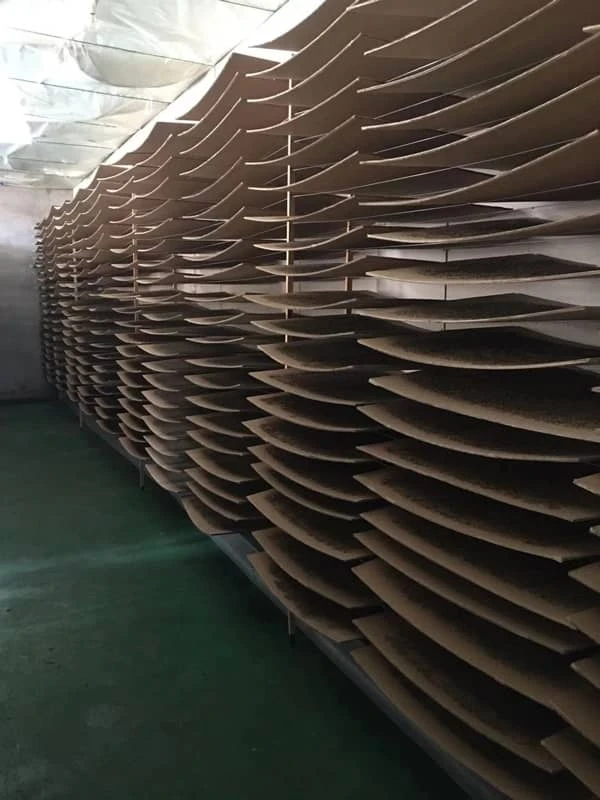Dec . 04, 2024 06:39 Back to list
china pear pollen compatibility
Compatibility of China Pear Pollens An Overview
The cultivation of pear trees, particularly the varieties native to China, represents an important aspect of both agricultural practices and biodiversity. One significant topic within this field is the compatibility of pear pollens. Understanding how different pear species and varieties interact through pollination can enhance fruit set and improve crop yields, ultimately contributing to the economic viability of pear orchards as well as the sustainability of pear cultivation.
Understanding Pollination
Pollination is a critical biological process wherein pollen grains from the male part of a flower (anthers) are transferred to the female part (stigma) of the same or another flower, leading to fertilization and the development of fruit. In pears, this process can be facilitated by wind, insects, or other environmental factors. However, certain species and varieties of pears have unique pollen compatibility dynamics that can affect their ability to set fruit when grown together.
Types of Pears and Their Pollination Mechanisms
China is home to various species of pear, including the well-known Chinese white pear (*Pyrus pyrifolia*), which has high economic and cultural value. In the realm of pear cultivation, varieties are often categorized as self-fertile or cross-fertile. Self-fertile varieties can produce fruits without the need for pollen from another variety, while cross-fertile varieties require pollen from a compatible partner for successful fruit development.
Within the Chinese pear varieties, compatibility among different cultivars affects pollination efficiency and fruit quality. Some varieties may produce high-quality pollen, resulting in greater fruit set when used with compatible partners. Thus, the selection of varieties for planting together in orchards can significantly influence overall productivity.
Factors Influencing Pollen Compatibility
china pear pollen compatibility

Several factors influence the compatibility of pear pollens. Genetic compatibility is one of the most critical aspects. Pear trees belong to the genus *Pyrus*, and closely related species often exhibit higher compatibility in terms of pollen. InContrast, more distantly related varieties may lead to unsuccessful fertilization or poor fruit development.
Moreover, environmental conditions such as temperature, humidity, and the presence of pollinators can also impact the effectiveness of pollination. For instance, fluctuating temperatures can affect pollen viability and stigma receptivity, leading to variations in fruit set rates. This makes it essential for growers to consider local climatic factors when selecting which pear varieties to plant in proximity to one another.
Practical Applications for Pear Farmers
For farmers focused on increasing pear production, understanding pollen compatibility can lead to better orchard management practices. By selecting compatible pear varieties, farmers can ensure optimal cross-pollination, which typically results in a more bountiful harvest. For example, planting varieties like “Shinseiki” and “Tsu Li” together has been shown to enhance pollination success and yield better fruit quality compared to planting a single variety alone.
Additionally, growers should consider planting compatible flowering times to maximize overlap in blooming periods. Pollen compatibility is most effective when both varieties are flowering simultaneously, allowing for better chances of successful pollen transfer.
Conclusion
The compatibility of pear pollens is a profound aspect of pear cultivation that significantly influences both fruit yield and quality. With China as a primary region for pear varieties, understanding the relationships between different cultivars can lead to more effective agricultural practices. By selecting compatible species and optimizing growing conditions, farmers can enhance the quality and quantity of their harvests. The study of pear pollen compatibility not only supports economic growth for farmers but also contributes to the conservation of genetic diversity among pear trees, ensuring the sustainability of this important agricultural resource for future generations. Thus, the exploration of China pear pollen compatibility is not merely an academic exercise but a crucial component of practical agriculture aimed at achieving both productivity and sustainability.
-
Pollen Peach Tree for Pure Pollination and High-Quality Peach Pollen
NewsJul.30,2025
-
Premium Cherry Pollen for Pure Pollination & Different Types
NewsJul.30,2025
-
Artificial Pollination Solutions for Various Plant Pollen Types
NewsJul.29,2025
-
Artificial Pollination Solutions for All Plant Pollen Types
NewsJul.29,2025
-
Premium Plant Pollen for Pure Pollination & Pollen Block Solutions
NewsJul.29,2025
-
Artificial Pollination Solutions for Efficient Crop Yields
NewsJul.28,2025